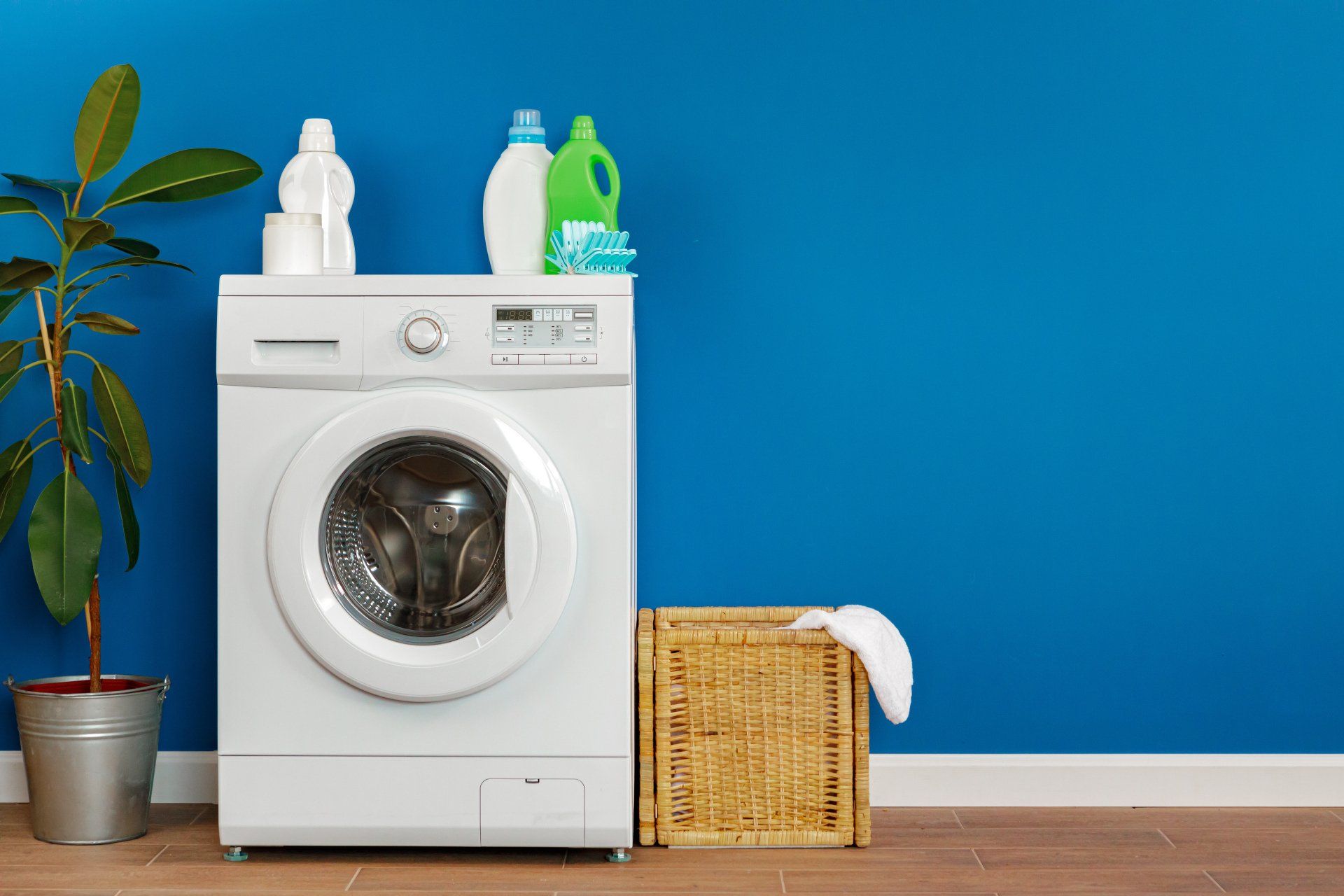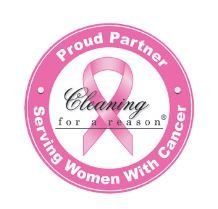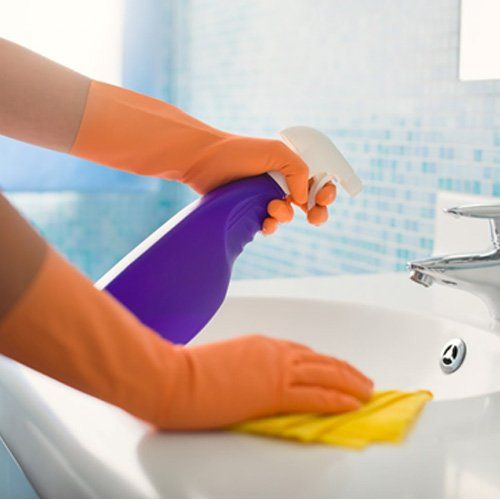
How to Handle Common Stains
There Are Five Main Types of Stains Things like baby food and formula, cheese, milk, mud and biological things like blood, vomit, urine and feces are examples of protein stains. Bacon, butter, oils from the body or hair, hand lotion and salad oil are oil based stains. The tannin category is alcoholic beverages, berries, other than […] The post How to Handle Common Stains appeared first on Custom Maid.
There Are Five Main Types of Stains
Things like baby food and formula, cheese, milk, mud and biological things like blood, vomit, urine and feces are examples of protein stains. Bacon, butter, oils from the body or hair, hand lotion and salad oil are oil based stains. The tannin category is alcoholic beverages, berries, other than blueberries, coffee, tea and soft drinks. A more difficult to deal with category is dye stains and they will be caused by blueberries, cherries, food coloring, grass and mustard. The final list is combination stains which would include coffee with cream or chocolate ice cream. These are partial lists that should give you an idea of the origin of your stain. Now that you have figured out what the problem is, you can decide how to treat it.
First, Read the Care Label
Most clothing these days comes with a care label. It is sewn into the garment and I find them most often toward the bottom of the left side seam. The tag will indicate the type of cleaning recommended. This will be either machine wash, hand wash or dry clean. If the fabric is dry clean only then put a safety pin or post it note on the stain and point it out when you take it to the dry cleaners. They will know how to deal with the stain.
Handy Things to Know About Dealing With Stains
When you spill something on clothing, rinse the spot as soon as possible and rinse FROM THE BACK of the fabric. This will keep the stain from penetrating more deeply into the fibers. Greasy stains may be the most common. Remember the saying that “like removes like”. This means that oil or grease will help remove a greasy stain. Try spraying a small amount of WD-40 on the affected area. Wait ten minutes then work it into the area with some undiluted dishwashing liquid, then launder.
For protein stains, remove any solids, then blot the area with a white cloth. Again, blot, don’t rub. This works not only for clothing, but also for carpets. Spray a mist of 3% hydrogen peroxide on the area and blot until most of the moisture is removed. To get the last bit of moisture from the garment or carpet, put a small wad of white paper towels on the area then wrap a brick in aluminum foil (so it doesn’t bleed color through) and place the heavy brick on top of the paper towels.
What Should You have in Your Stain Removal Kit?
This is a partial list and contains many things you already have in your home. I suggest buying duplicates of common items so that they can stay in the pantry and also be in the laundry room for stain removal. Corn starch can absorb oil-based things. You can use denture tablets dissolved in water to remove red wine from a table cloth by applying it to the affected area.
Buy laundry enzyme pre-soaks from your grocery store’s laundry department. This will help remove protein stains. Mix salt with lemon juice to remove mildew from fabric. White vinegar sprayed on pet accidents on the carpet will not only help remove the spot, but also neutralize odors. If you are unsure about your carpets, I recommend calling a professional carpet cleaner who is trained to deal with most stain situations. Don’t look for the cheapest carpet cleaner. They will cut corners and could further damage your carpet. I have found Stanley Steemer to have well trained, competent technicians. You may pay more, but you will be protecting the investment you have in your carpets.
Interested in a house cleaning estimate?
The post How to Handle Common Stains appeared first on Custom Maid.

420 Investors Pl Virginia Beach, VA 23452







